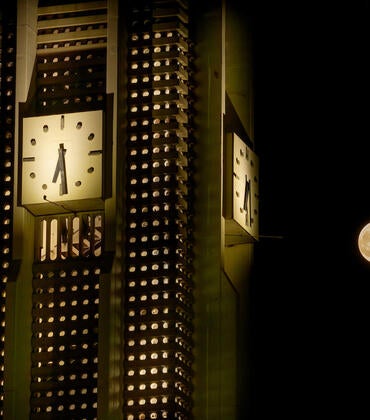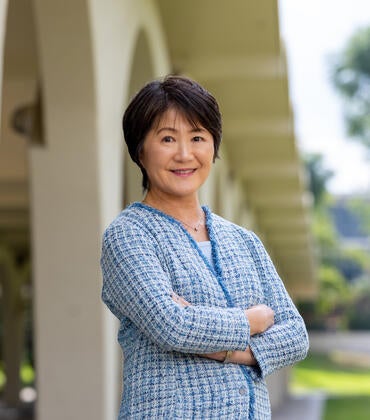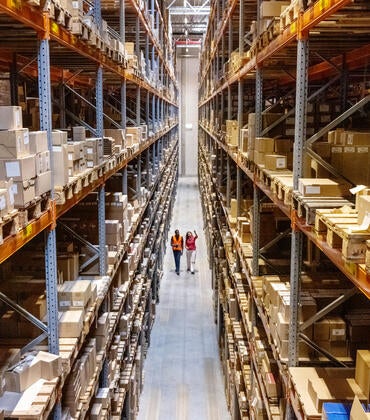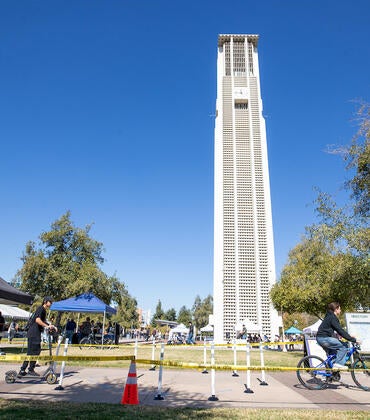From the top floor of UC Riverside’s Multidisciplinary Research Building, Jericho Ortanez can enjoy views of the Student Recreation Center next door, nearby city neighborhoods, and the region’s surrounding hills.
The microbiology doctoral student is among approximately 150 faculty members, students, and employees who are the first to move into the new $164 million building, also known as MRB, which opened in January.
“This is a nice upgrade,” said Ortanez, who moved from Weber Hall, one of the oldest buildings on campus, where he had a “little slit of a window.”
“I think it’s beautiful,” he said. “I like the open space.”
The open desks lined alongside the windows and laboratory bays are one of the features designed to promote collaboration between different scientific teams. Researchers from areas such as life sciences, chemical sciences, medicine, and engineering will work next to one another in the large lab bays.
The move is being done in three phases with the first begun in late April and completed in mid-May. The next group of research teams will move in over the summer with the final team scheduled for January 2020, said Dalan Zee Dinh, a strategic project consultant with Facilities Services who oversaw the move-in.
Vendors that specialize in particular types of equipment were hired to move and install equipment, Dinh said. In some cases, engineers from the manufacturer were on-hand to help set up scientific equipment.
A total of 16 full laboratory teams are now in the building. Once the full move-in process is completed in January 2020, 45 faculty investigators and their teams will be working in the MRB.
The building can only be accessed by key cards and fobs for those working there.
Meera Nair, an associate professor of biomedical sciences and a member of the infectious diseases team, said she loves her new office as she made herself at home days after moving in.
“It’s been really so smooth,” she said of the move. “We’ve been so happy how organized it was. We’ve moved some critical equipment, and we’re already running it now.”
Among them was a 12-color flow cytometer, a $250,000 piece of equipment used for cell research and the only one of its kind on campus, Nair said.
The building is designed to foster an open atmosphere with communal sitting areas and teams interspersed throughout the building to encourage sharing of ideas.
“It’s a great space,” said Ansel Hsiao, an assistant professor of microbiology and the primary investigator of the microbiology and plant pathology team, as he and his team unpacked boxes for their lab. “One of the advantages is we’re a lot closer to other labs that work on similar things.”



